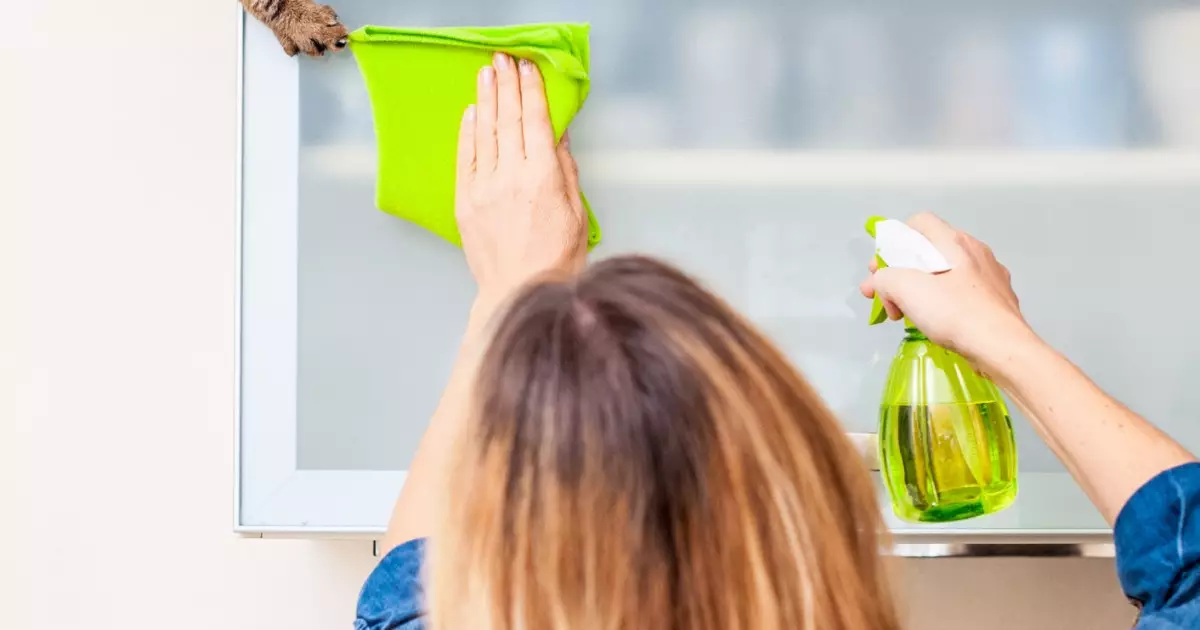Cats are often perceived as whimsical and sometimes mischievous companions, exhibiting behaviors that can both delight and annoy their owners. As cat parents, the quest to nurture good behavior and deter unwanted actions is a common challenge. While many might instinctively reach for a spray bottle to correct their feline’s mischief, this article seeks to critically examine this methodology and promote more humane and effective training techniques.
Surprisingly, the practice of using a spray bottle to curb unwanted behaviors in cats is surprisingly widespread among pet owners. The premise is simple: a quick spritz of water when the cat engages in undesirable activities, such as scratching furniture or counter-surfing, is expected to startle them enough to form a negative association with that behavior. However, this approach reveals a fundamental misunderstanding of feline psychology.
Cats are incredibly perceptive creatures. When subjected to the fear associated with a spray bottle, they are likely to experience anxiety rather than a genuine understanding of what prompted the water. This method may inadvertently instill fear toward the cat parent, who should instead be viewed as a source of safety and comfort. Furthermore, the immediacy of fear-based reactions often overshadows the long-term effectiveness of training. Cats can quickly learn to associate the spray bottle itself with negative experiences, which can lead to behaviors that are merely hidden when a cat parent is present.
Implementing punishment-based techniques, like spray bottles, runs the risk of deteriorating the bond between cat and owner. Trust is paramount in cat behavior, and when that trust is eroded by fear tactics, both cat and parent may suffer. This can create behavioral changes that are antithetical to the desired outcome. Instead of training a cat to avoid unwanted behaviors, owners may notice a cat that demonstrates increased anxiety, which may manifest in other disruptive behaviors. Home should be a sanctuary for both owner and pet, and utilizing fear as a disciplinary measure can rattle that foundation.
Using punishment can also derail the opportunity to implement positive reinforcement techniques, which research has shown to be far more effective for reinforcing desirable behaviors. When the focus shifts from nurturing good behavior to instilling fear, opportunities for building on positive behaviors are lost, thus diminishing the prospect of a harmonious living situation.
Instead of utilizing fear tactics, cat owners should embrace positive reinforcement. This technique revolves around the principle of rewarding desired behaviors, thereby creating an environment that encourages the cat to repeat those actions. For instance, if a cat uses a scratching post instead of the living room furniture, rewarding them with treats, praise, or extra playtime demonstrates that they have made the right choice.
This principle is grounded in understanding the instinctual behaviors of cats. Their natural inclinations toward climbing, scratching, and hunting can be redirected into appropriate outlets. Providing alternative scratching surfaces, engaging toys, and vertical spaces not only alleviates undesired behaviors but also enriches the cat’s environment, leading to increased contentment and decreased pent-up energy.
Consistency is a cornerstone of effective feline training. Establishing clear rules and ensuring that all caregivers are on the same page will help your cat understand expectations. Whether it’s using specific verbal cues or hand signals, clarity in communication lays the groundwork for a trusting relationship.
Should unwanted behavior arise, gently redirecting the cat toward acceptable activities can be a helpful tactic. For instance, if a cat leaps onto the kitchen counter in search of food, guiding them to an engaging toy or a designated perch can not only refocus their attention but can also promote a more suitable outlet for their curiosity.
Oftentimes, cat owners may feel overwhelmed by persistent behavioral issues and might wonder if they can navigate this journey alone. In such cases, seeking the expertise of a certified cat trainer or animal behaviorist can provide tailored strategies for managing and modifying bothersome behaviors effectively. These professionals can offer solutions that best fit the unique dynamics of your household and the specific temperament of your cat.
The argument against using spray bottles as a training method is underscored by the importance of fostering trust and understanding in the owner-cat relationship. By focusing on positive reinforcement and creating a structured, stimulating environment, pet parents can effectively encourage desirable behaviors while nurturing a loving relationship. It’s time to circumvent the quick fix of fear and embrace methods that promote learning, engagement, and, above all, trust.


Leave a Reply